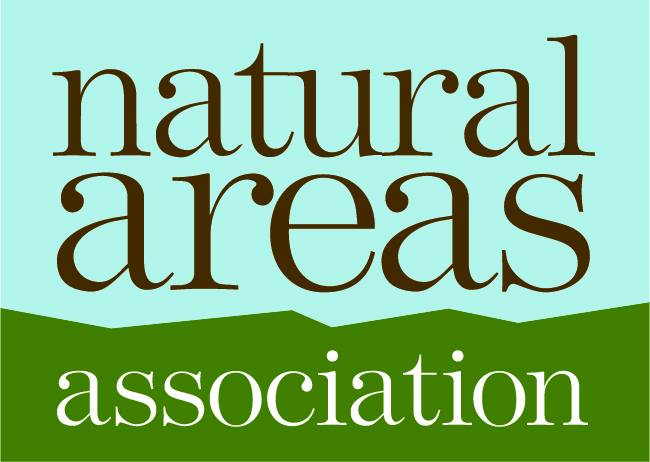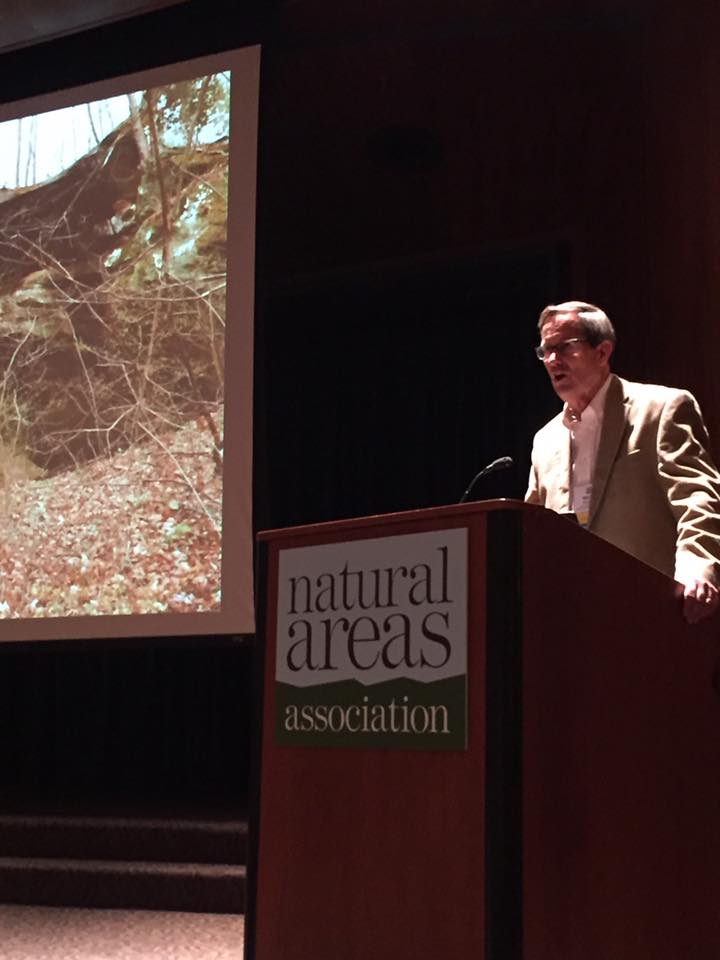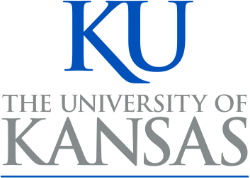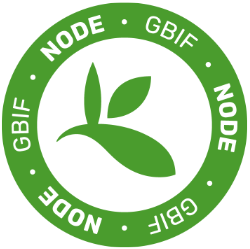
iDigBio staff, Gil Nelson and Molly Phillips, traveled to Bloomington, Indiana for the 2018 Natural Areas Association Conference on October 22-25. iDigBio sponsored a half-day symposium and hosted an exhibit, which allowed time to talk one-on-one with other conference participants about their current, and hopefully, future uses of collec tions data. Nelson and Phillips also demonstrated the Libraries of Life Cards which are always a hit and provide an engaging example of the many applications of digital specimen data.
tions data. Nelson and Phillips also demonstrated the Libraries of Life Cards which are always a hit and provide an engaging example of the many applications of digital specimen data.
The half-day symposium entitled “Using Digital Specimen Data for Conservation Research and Practice” was on Wednesday, October 24th, and consisted of five speakers. Gil Nelson started off the day giving a history and summary of the digitization effort, the Advancing Digitization of Biodiversity Collections program, and iDigBio. The next talk was given by Dwayne Estes. He spoke about how he is using herbarium specimen records in concert with many other data types to inform native grassland restoration in the southeast through his project South Eastern Grasslands Initiative https://www.segrasslands.org/.
 After Estes, Alexis Mychajliw spoke about her research using both fossil and extant bear museum specimens to reconstruct diet and distribution of the now completely extirpated California brown bear. She uses a variety of methods to collect her data but has heavily relied on digitized data to find and map her specimens. The final talk was from Herrick Brown on his research stitching multiple data sources together to understand the future of the native tree, loblolly bay (Gordonia lasianthus). It turns out the future is not looking good for this wind-dispersed species, which may well become extinct due to climate change without human intervention.
After Estes, Alexis Mychajliw spoke about her research using both fossil and extant bear museum specimens to reconstruct diet and distribution of the now completely extirpated California brown bear. She uses a variety of methods to collect her data but has heavily relied on digitized data to find and map her specimens. The final talk was from Herrick Brown on his research stitching multiple data sources together to understand the future of the native tree, loblolly bay (Gordonia lasianthus). It turns out the future is not looking good for this wind-dispersed species, which may well become extinct due to climate change without human intervention.
The session concluded with a live demo of the iDigBio portal from Molly Phillips. Phillips walked participants through how to search, filter, and download data from iDigBio. A highlight of the portal tour was the discovery that one of the plenary speakers, Michael Homoya, had over 400 herbarium records listed in the portal. After the symposium, iDigBio staff continued to interact with participants via the iDigBio booth for the remainder of the conference.
Image of Michael Homoya was taken from the Natural Areas Association Facebook page.







